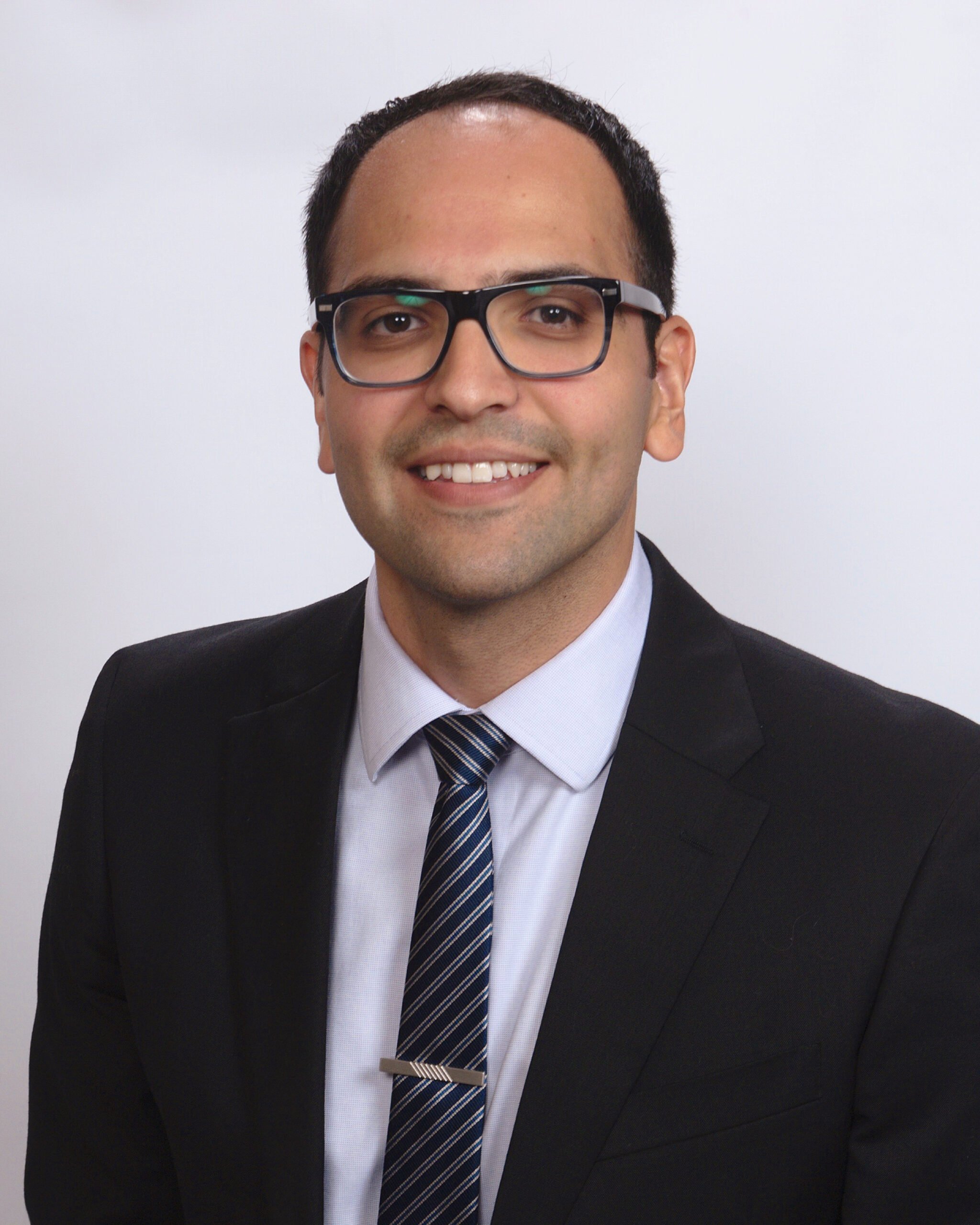Acute management of cerebrovascular accidents can be challenging enough, but questions about anticoagulant reversal in the setting of hemorrhagic stroke add another layer of complexity. The ACEP E-QUAL Network podcast, a partnership with ALiEM to promote clinical practice improvements, reviewed this topic with Dr. Joshua Goldstein (Massachusetts General Hospital, Harvard Medical School). Dr. Goldstein addressed common anticoagulants and their reversal agents, summarizing available literature to inform clinical practice. We present highlights from this discussion with Dr. Jason Woods.
What is the goal of anticoagulant reversal?
Since it is impossible to go back in time to prevent intracranial hemorrhage (ICH), the focus of management for hemorrhagic stroke should be to prevent further bleeding and allow brain tissue an opportunity to recover. The goal of anticoagulant reversal in patients with ICH is to decrease ongoing bleeding.
Warfarin
Warfarin is a vitamin K antagonist. Since vitamin K is required for the processing of coagulation factors II, VII, IX, and X, patients on warfarin have decreased amounts of these factors in circulation. To increase the availability of these factors, countering the effect of warfarin therapy can be two-fold:
- Replenish vitamin K to allow the production of new factors.
- Provide replacement of these factors directly.
Vitamin K supplementation will not provide immediate effect, and it may take up to 24 hours for the production of new coagulation factors. While it should be given early, patients also require factor replacement acutely.
Fresh frozen plasma (FFP) or prothrombin complex concentrate (PCC) can be given to supplement coagulation factors.
- FFP carries each of the 4 needed factors in addition to other clotting factors.
- The cost of FFP is low.
- Transfusion will take some time as it will require ~ 1 L volume.
- PCC, marketed as Kaycentra in the US, consists of concentrated Factor II, VII, IX, X, and proteins C and S.
- The cost of PCC is higher.
- Transfusion is quick, ~70 mL, and leads to rapid correction of INR.
Studies have shown PCC to be associated with faster INR reversal, less ICH expansion, and a non-statistical trend toward decreased mortality [1]. PCC does carry a theoretical risk of thromboembolism given the rapid correction, but no evidence exists to suggest that this is the case.
Direct Oral Anticoagulants (DOACs)
There are 2 categories of DOACs:
- Factor II inhibitors (e.g., dabigatran)
- Factor Xa inhibitors (e.g., rivaroxaban, apixaban, edoxaban)
Approach to reversal: remove the inhibitor to allow normal function of already existent Factor II or Xa
- Time
- Time can be thought of as a reversal agent. Most DOACs have a half-life ~12 hours. If the timing of the last dose is known and it was hours ago, there may not be much medication left to reverse.
- Monoclonal antibodies
- Reversal of dabigatran can be achieved with the use of a monoclonal antibody, idarucizumab, to bind up circulating inhibitor.
- Reversal of Factor Xa inhibitors can similarly be attempted with the use of monoclonal antibody andexanet. Andexanet is notably more expensive than idarucizumab.
- PCC
- PCC can be used off-label to outcompete circulating inhibitor with extra coagulation factors and increase the number of functional factors.
It should be noted that there are no reliable tests for measuring DOAC activity.
Dual Antiplatelet Therapy (DAPT)
The most common agents are aspirin and Plavix (clopidogrel). The issue with patients on these antiplatelet agents is not a lack of platelets, but the presence of medication that suppresses normal platelet function. Theoretically, if one could provide extra platelets, the inhibiting agent could be saturated and the remaining platelets provide some functional activity.
The PATCH trial demonstrated, however, that platelet transfusion led to significantly worse outcomes [2]. While there is no readily available reversal agent for DAPT, platelet transfusion should be avoided. In fact, observational data suggest that patients on single antiplatelet therapy don’t fare worse and may not need reversal like those with DAPT [3].
Conclusions
Warfarin reversal
- IV vitamin K + PCC (or FFP)
Dabigatran reversal
- Specific agent: Idarucizumab
- Non-specific agent: PCC
Factor Xa inhibitor reversal
- Specific agent: Andexanet
- Non-specific agent: PCC
Antiplatelet reversal
- No available agent
- Transfusion of platelets associated with worse outcomes.
Interested in more ACEP-EQUAL podcasts?
Listen to the other ACEP E-QUAL podcasts on our Soundcloud account.
References
- Steiner T, Poli S, Griebe M, et al. Fresh frozen plasma versus prothrombin complex concentrate in patients with intracranial haemorrhage related to vitamin K antagonists (INCH): a randomised trial. Lancet Neurol. 2016;15(6):566-573. [PMID: 27302126]
-
Baharoglu MI, Cordonnier C, Al-Shahi Salman R, et al. Platelet transfusion versus standard care after acute stroke due to spontaneous cerebral haemorrhage associated with antiplatelet therapy (PATCH): a randomised, open-label, phase 3 trial. Lancet. 2016;387(10038):2605-2613. [PMID:27178479]
-
Khan NI, Siddiqui FM, Goldstein JN, et al. Association Between Previous Use of Antiplatelet Therapy and Intracerebral Hemorrhage Outcomes. Stroke. 2017;48(7):1810-1817. [PMID:28596454]
Author information
The post Anticoagulant Reversal in Hemorrhagic Stroke appeared first on ALiEM.


